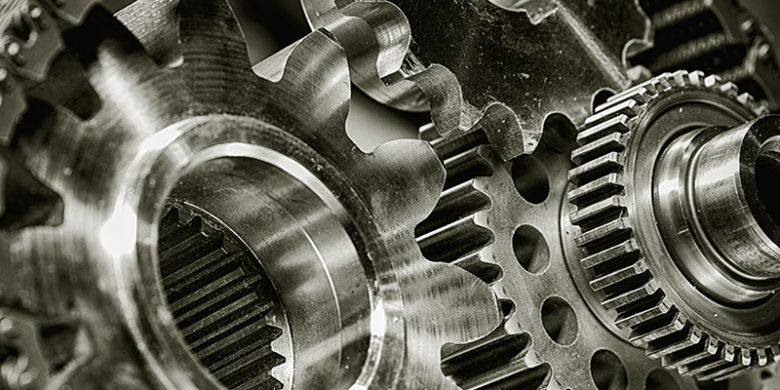Finite element analysis is conducted on an elastic-plastic full stick contact between a rigid flat and a deformable coated sphere with a soft coating. A combined normal and tangential load is applied to the rigid flat, and the sliding inception is assumed as a result of the decreasing tangential stiffness of the contact junction. As …
Super duplex stainless steel (SDSS) has excellent mechanical properties and corrosion resistance. However, currently, there are few researches conducted on its fretting wear performance. This paper studies the influence of different heat treatment temperatures and medium environment on the fretting wear performance of SAF 2507 SDSS. Results show that the combined effect of the sigma …
Three types of surfaces in the Schroeder–Webster (SW) theory, i.e., sliding, mixed, and sticking surfaces, have been verified via finite element analysis of an axisymmetric compression test for a metallic specimen. Judging from (i) the radial profile of the pressure at the top elements and (ii) the radial displacement at the top nodes, the three …
Hydrophobic and self-cleaning photocatalytic ceramics and concrete with potential for the superhydrophobicity are promising novel materials for civil engineering applications including buildings, bridges, road pavements, and airport runways. Due to embedded liquid-repellent properties, such materials have low water and salt absorption and, therefore, enhanced durability. However, in applications requiring high traction (e.g., tire and pavement), …
Here’s the monthly summary of chemistry stories that have hit the news. This month features news on a way to convert A type blood to O type blood, how magnets can enhance hydrogen production from water, and more! Larger summary images for each item are provided below, along with links to articles and studies for …
Thermocapillary migration is an interfacial phenomenon that describes liquid flow on a nonisothermal surface from warm to cold regions in the absence of external forces. It is a typical lubricant loss mechanism in tribosystems. To ensure continued reliability of lubricated assemblies, knowledge of the migration capacity of different liquids and solids is needed. In the …
As a novel layered material, black phosphorus (BP) shows unexpected characteristics in many aspects including tribological application. In this work, BP was prepared through ball milling from red phosphorus (RP). The boundary lubricating properties of the BP nanosheets were investigated on a ball-on-disk tribometer as lubricating additives in polyalphaolefin oil. The micromorphologies, concentration, and composition …
Titanium is a highly interesting material in engineering because of its unique combination of high strength to weight ratio, excellent resistance to corrosion, and biocompatibility. However, the material’s low wear resistance, which is its inherent nature, limits its application in highly erosive conditions. In order to enhance the wear resistance of biomedical grade titanium with …
This workshop will provide a basic understanding of the principles of Tribology. Tribology is the study of friction and wear with and without the presence of a lubricant. Although friction and wear are aspects of all industrial mechanical components it is not specifically part of science and engineering curricula. This program will last two and a …

